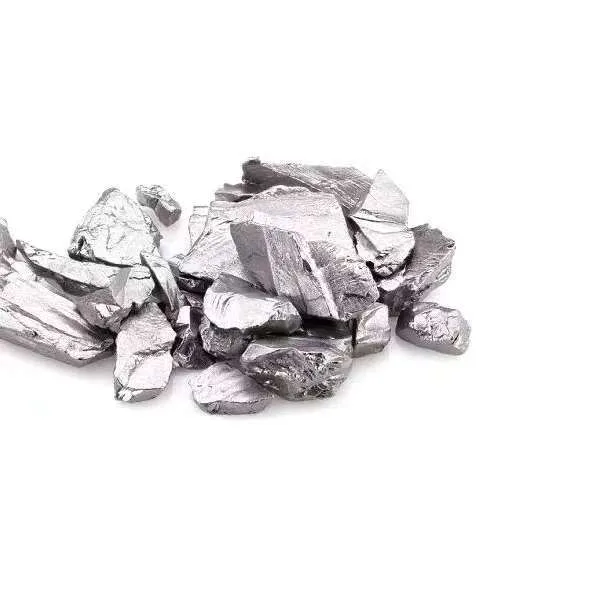
How This Critical Metal Powers Your World
Tantalum’s Role in Your Everyday Electronics
You’re using tantalum right now. Over 70% of this metal goes into miniature capacitors that make your smartphone, laptop, and EV battery smaller, faster, and more reliable. Without tantalum’s ability to store huge energy in microscopic spaces, your devices would be 30% bulkier and fail twice as often.
Why Surgeons Trust Tantalum for Your Body
If you ever need a hip implant or dental repair, surgeons will likely choose tantalum. Its biocompatibility bonds with human bone, resists corrosion in bodily fluids, and appears crisply on X-rays. Medical giants like Stryker and Medtronic rely on it for life-saving implants (Source: ScienceDirect).
Defying Extreme Conditions in Industry
Tantalum laughs at challenges that destroy other metals:
- Handles corrosive acids (even aqua regia) in chemical plants
- Survives 3,020°C heat in jet engines
- Shields nuclear reactors from radiation
This makes it irreplaceable for aerospace (Boeing, Airbus), energy, and chemical processing (USGS Data).
National Security’s Secret Weapon
The Pentagon classifies tantalum as a critical mineral for reasons beyond public knowledge. It’s vital for missile systems, radar tech, and hypersonic vehicles. Shortages could cripple defense readiness – which is why the U.S. stockpiles it.
Why Responsible Sourcing Matters to You
80% of tantalum comes from geopolitically fragile regions (Rwanda/DRC). Ethical mining (Responsible Minerals Initiative) and e-waste recycling are crucial. If supplies falter:
✓ Your tech costs soar
✓ Medical innovation slows
✓ Energy/defense systems weaken
Bottom Line: Tantalum’s unique properties make it non-substitutable. From your pocket to national security – its scarcity affects us all.
